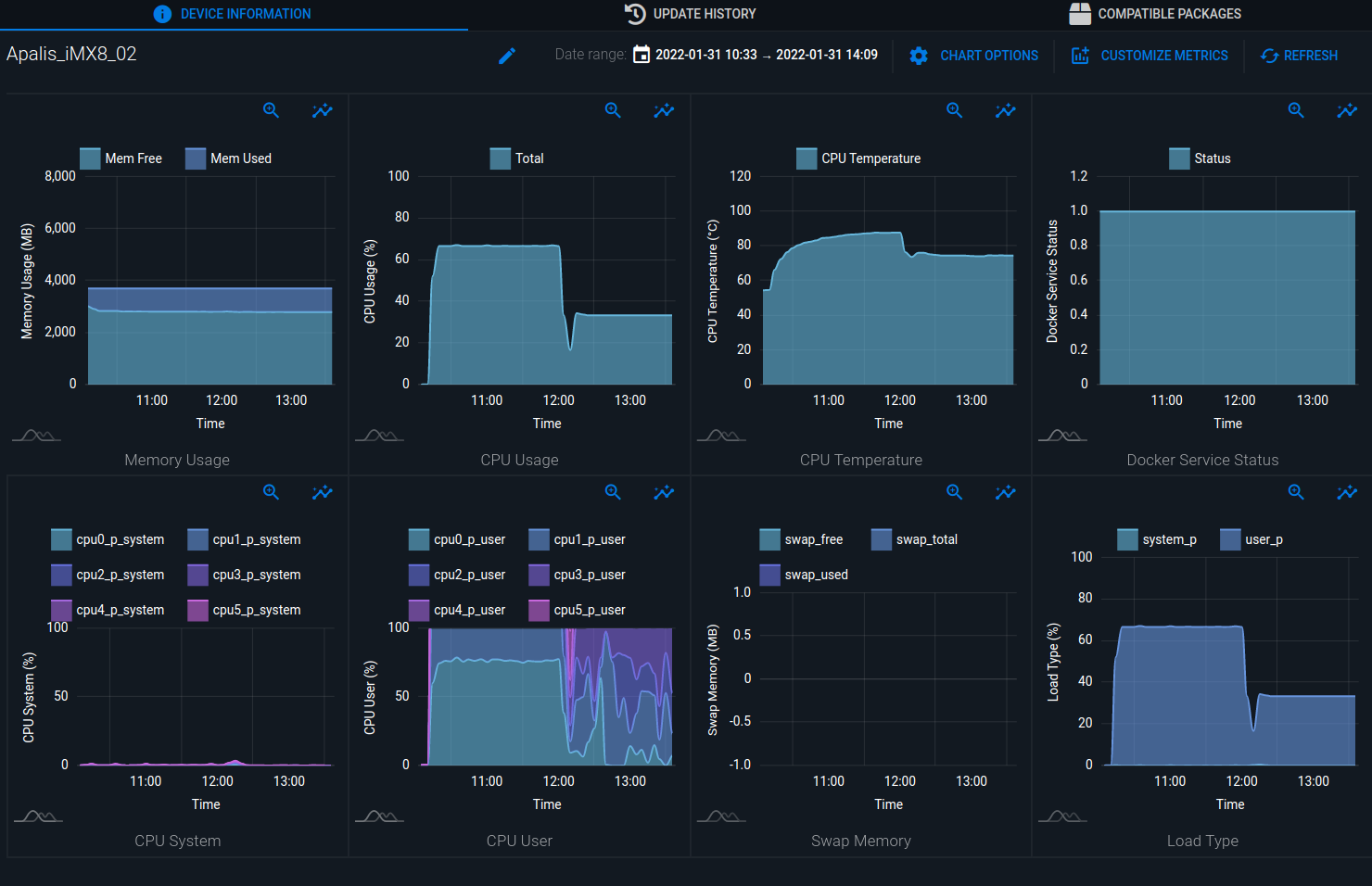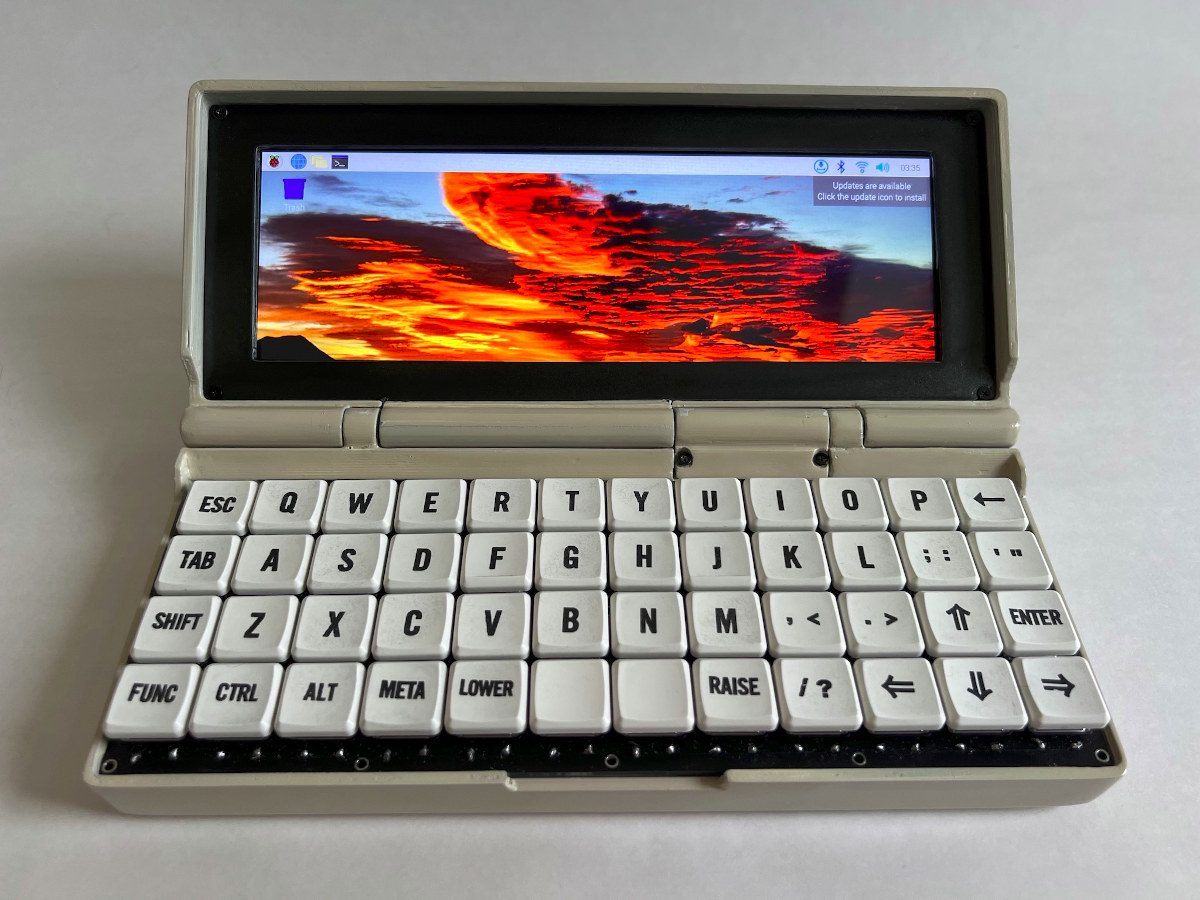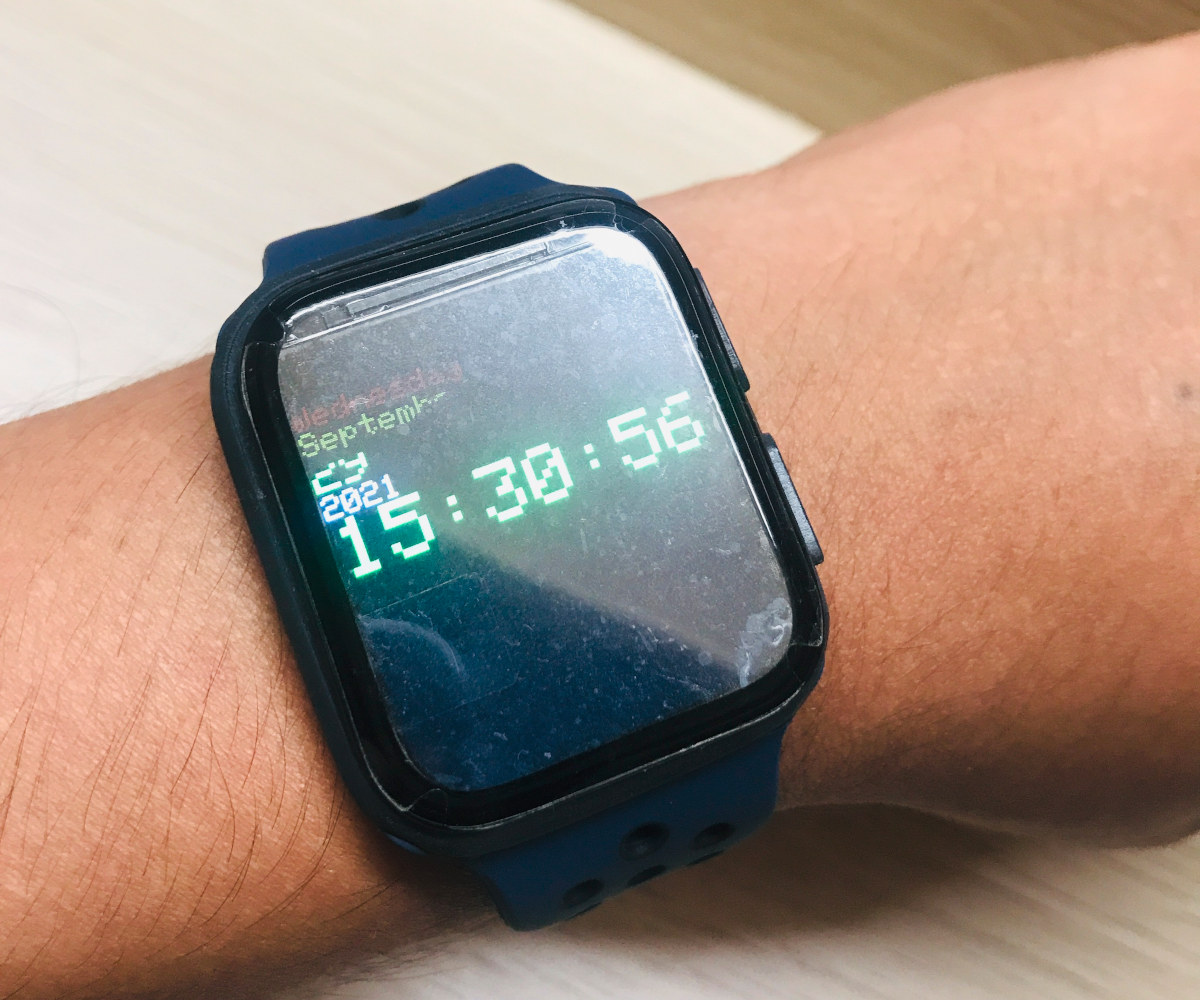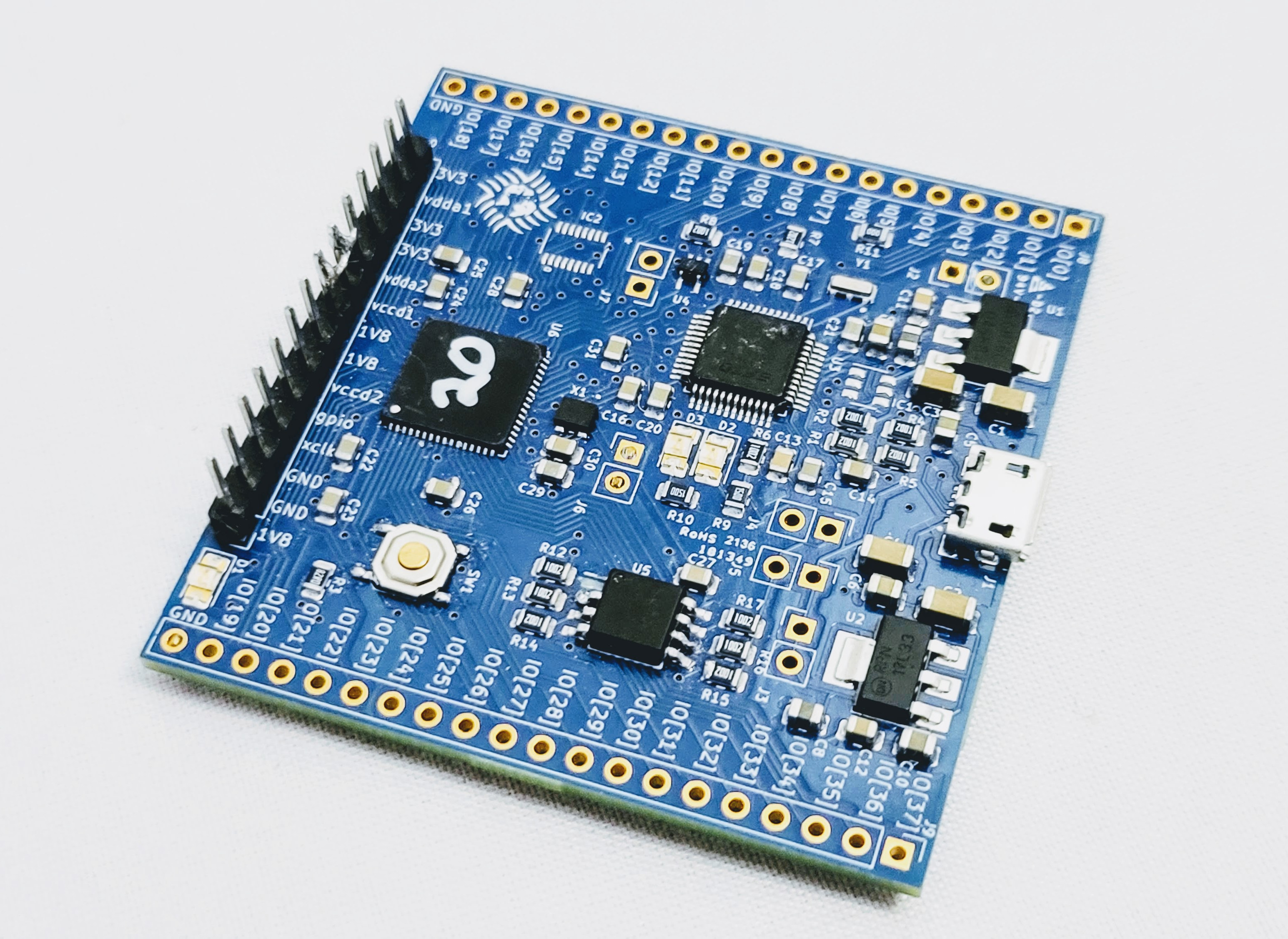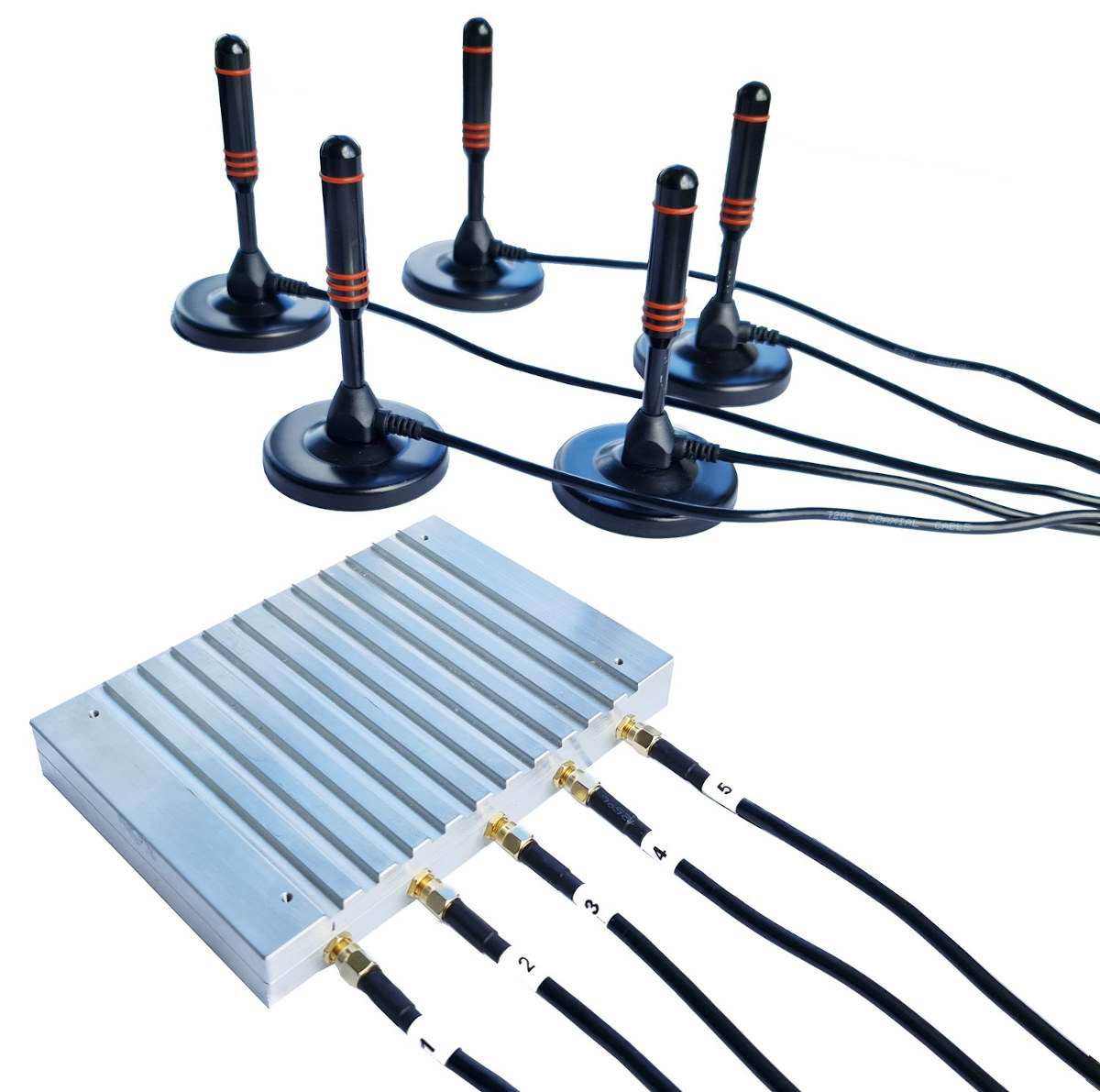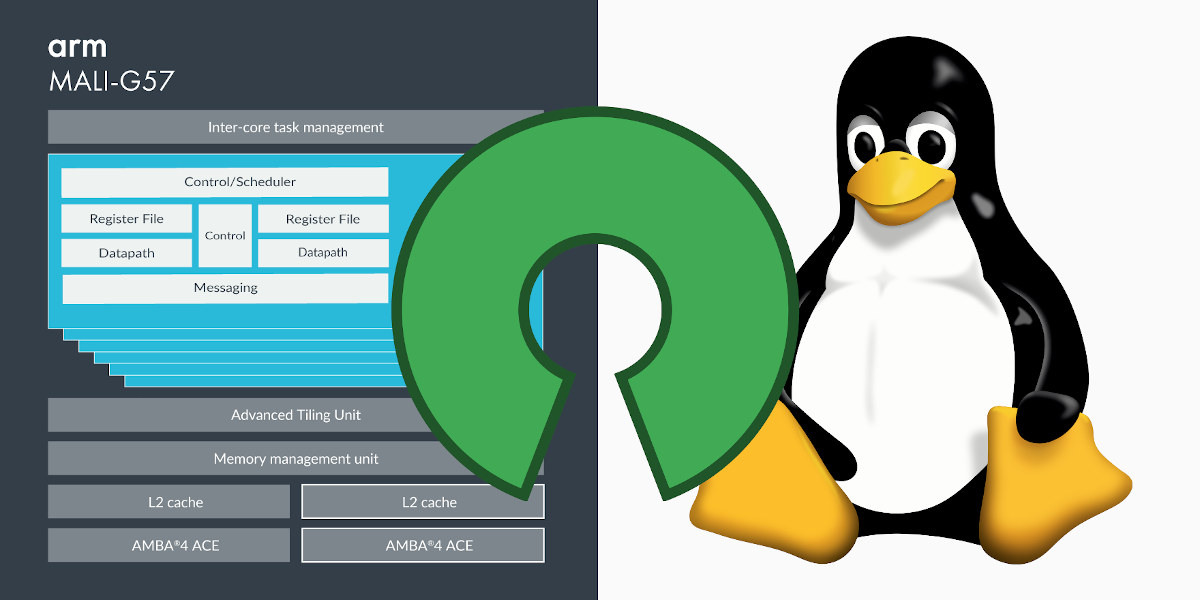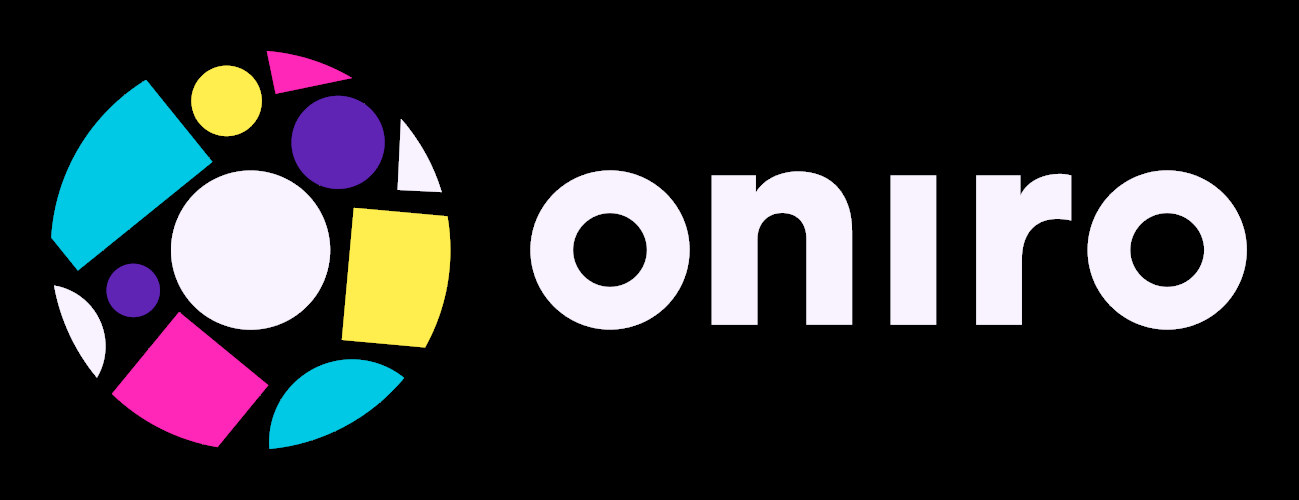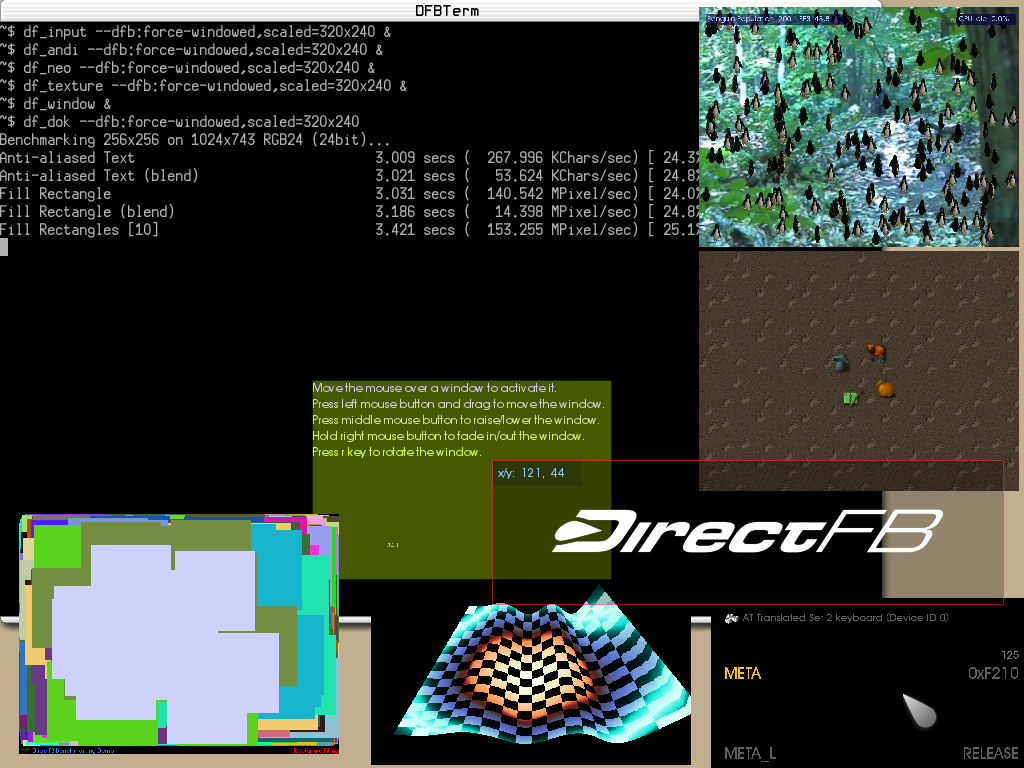CNXSoft: This is a guest post by Renato Kiss, Product Manager – Software at Toradex, explaining how IoT device monitoring can be used with open-source software tools like Fluent Bit to improve product reliability, using temperature monitoring as an example. It is impossible to dissociate connected devices from modern life. They are present in homes, offices, industries – basically, in every business, connected devices play vital roles. In a market estimated at 24.1 billion devices and with a revenue of more than USD 1.5 trillion by 2030, IoT will grow based on both consumer and business applications. Hardware will account for about one-third of this value with the majority being distributed in services, including the connectivity for the system. As part of this growth, more services will be added to IoT business and some specialists estimate the economic potential, including IoT products and services, can unlock at least USD 5.5 […]
DIY Raspberry Pi Zero 2 W handheld PC (mostly) makes use of off-the-shelf parts
The Penkesu Computer is a DIY handheld PC powered by a Raspberry Pi Zero 2 W SBC, and mostly comprised of off-the-shelf parts including a 7.9-inch display from Waveshare, replacement hinges for the Gameboy Advance SP, a 48-key mechanical keyboard fitted with Kailh low profile Choc V1 switches, and so on. Penk also happens to have designed the CutiePi tablet with Raspberry Pi CM4, and designed the Penkesu Computer (ペンケース in Japanese) as a side project without having to “worry too much about commercial viability” and as a way to remind himself why he started tinkering. Penkesu Computer handheld PC specifications: SBC – Raspberry Pi Zero 2 W with Broadcom RP3A0 SiP with Broadcom BCM2710A1 quad-core Cortex-A53 processor @ 1.0 GHz, 512MB RAM, MicroSD card slot Display – 7.9-inch IPS display with capacitive touch screen, 1280x 400 resolution, connected over HDMI via flat cable through an Adafruit adapter Keyboard – […]
MutantW V1 – An open-source ESP32 smartwatch designed with Autodesk Fusion 360 and EAGLE
Rahmanshaber is known for its DIY Raspberry Pi handheld PCs such as MutantC v4, but MutantW V1 is a completely different device as an ESP32-based DIY open-source smartwatch that he designed with Autodesk Fusion 360 and EAGLE. The smartwatch is equipped with a 1.7-inch IPS LCD display (non-touch), two hardware buttons, a NeoPixel RGB LED, a vibration motor, as being powered by an ESP32 SoC offers both 2.4GHz WiFi 4 Bluetooth LE connectivity. MutantW V1 specifications: WIreless module – A.i. Thinker ESP32-S WiFi and Bluetooth module with ESP32 dual-core processor @ 240MHz with 520KB SRAM, 4MB SPI flash Display – 1.69-inch SPI IPS LCD display (ST7789 driver) with 280 x 240 resolution, scratch-resistant front glass. Note: no touchscreen Programming – Via 4-pin charging cable or OTA firmware upgrade Misc – 2x programmable buttons, NeoPixel RGB LED, vibration motor Battery – 3.7V/200mAh LiPo battery likely good for one or two days; […]
CLEAR is an open-source FPGA ASIC provided by Efabless’ chipIgnite
Open-source SoC designs are available to run on FPGA hardware, but few make it to silicon due to the costs involved. That’s why a couple of years ago the Google SkyWater PDK (process design kit) was released together with an offer to manufacture up to 100 pieces for free to selected designs in collaboration with Efabless. Efabless chipIgnite is an evolution of that offer with $9,750 being enough funds to manufacture 100 QFN or 300 WCSP parts, or alternatively 1,000 parts for $20 each ($20,000). Based on the company’s Caravel template SoC and the openFPGA generator framework, CLEAR open-source FPGA ASIC design is meant to promote and demonstrate the chipIgnite “paid IC creation” solution. You can participate by joining a group buying campaign on GroupGets to get a development board based on CLEAR for $74.99 plus shipping. CLEAR open-source FPGA ASIC features: FPGA – Small 8×8 (64) CLB eFPGA CPU […]
KrakenSDR is a 5-channel software-defined radio based on RTL-SDR
KrakenRF KrakenSDR is a software-defined radio (SDR) with five coherently-operated receive channels that’s basically the equivalent of five cheap RTL-SDR USB dongles based on the R820T2 chip with a single board housed in a metal enclosure equipped with five custom antennas. KrakenSDR operates in the usual 24 MHz to 1766 MHz tuning range and connects over USB to the host system, preferably a Raspberry Pi4 as the open-source Core DAQ and DSP software is designed for the popular single board computer. There’s also an Android for location finding that is free to use for non-commercial applications. KrakenSDR specifications: Five-channel, coherent-capable RTL-SDR (5x R820T2 tuners + RTL2832U ADCs), all clocked to a single local oscillator, ESD protection 5x SMA Antenna inputs Tuning Range – 24 MHz to 1766 MHz standard R820T2 RTL-SDR range and possibly higher with hacked drivers Built-in automatic coherence synchronization hardware Automatic coherence synchronization and management via provided […]
Speeding up open-source GPU driver development with unit tests, drm-shim, and code reuse
Getting an Arm platform that works with mainline Linux may take several years as the work is often done by third parties, and the silicon vendor has its own Linux tree. That means in many cases, the software is ready when the platform is obsolete or soon will be. It would be nice to start software development before the hardware is ready. It may seem like a crazy idea, but that’s what the team at Collabora has done to add support for Arm “Valhall” GPUs (Mali-G57, Mali-G78) to the Panfrost open-source GPU driver. The result is that it only took the team a few days to successfully pass tests using data structures prepared by their Mesa driver and shaders compiled by their Valhall compiler after receiving the actual hardware thanks to the work done in the last six months. So how did they achieve this feat exactly? We have to […]
The Eclipse Oniro Project aims to deliver consumer & IoT software that works across multiple platforms
Several of the embedded talks at FOSDEM 2022 mention the “Eclipse Oniro Project”. I had never heard about that project from the Eclipse Foundation, so let’s see how they describe it: Oniro is an Eclipse Foundation project focused on the development of a distributed open source operating system for consumer devices, regardless of the brand, model, make. Oniro is a compatible implementation for the global market of OpenHarmony, an open source operating system specified and hosted by the OpenAtom Foundation. Designed with modularity in mind, Oniro offers greater levels of flexibility and application portability across the broad spectrum of consumer and IoT devices — from tiny embedded sensors and actuators, to feature rich smart appliances and mobile companions. As a distributed and reusable collection of open source building blocks, Oniro enables compatibility with other open source technologies and ecosystems. Through close collaboration with projects and foundations such as OpenHarmony from […]
DirectFB2 project brings back DirectFB graphics library for Linux embedded systems
DirectFB2 is a new open-source project that brings back DirectFB, a graphics library optimized for Linux-based embedded systems that was popular several years ago for 2D user interfaces but has since mostly faded away. DirectFB2 attempts to preserve the original DirectFB backend while adding new features such as modern 3D APIs like Vulkan and OpenGL ES. I personally used it in 2008-2009 while working with Sigma Designs media processors that relied on the DirectFB library to render the user interfaces for IPTV boxes, karaoke machines, and so on. I remember this forced me to switch from a MicroWindows + Framebuffer solution, but the DirectFB API was easy enough to use and allowed us to develop a nicer user interface. I found out about the new project while checking out the FOSDEM 2022 schedule and a talk entitled “Back to DirectFB! The revival of DirectFB with DirectFB2” which will be presented […]


